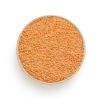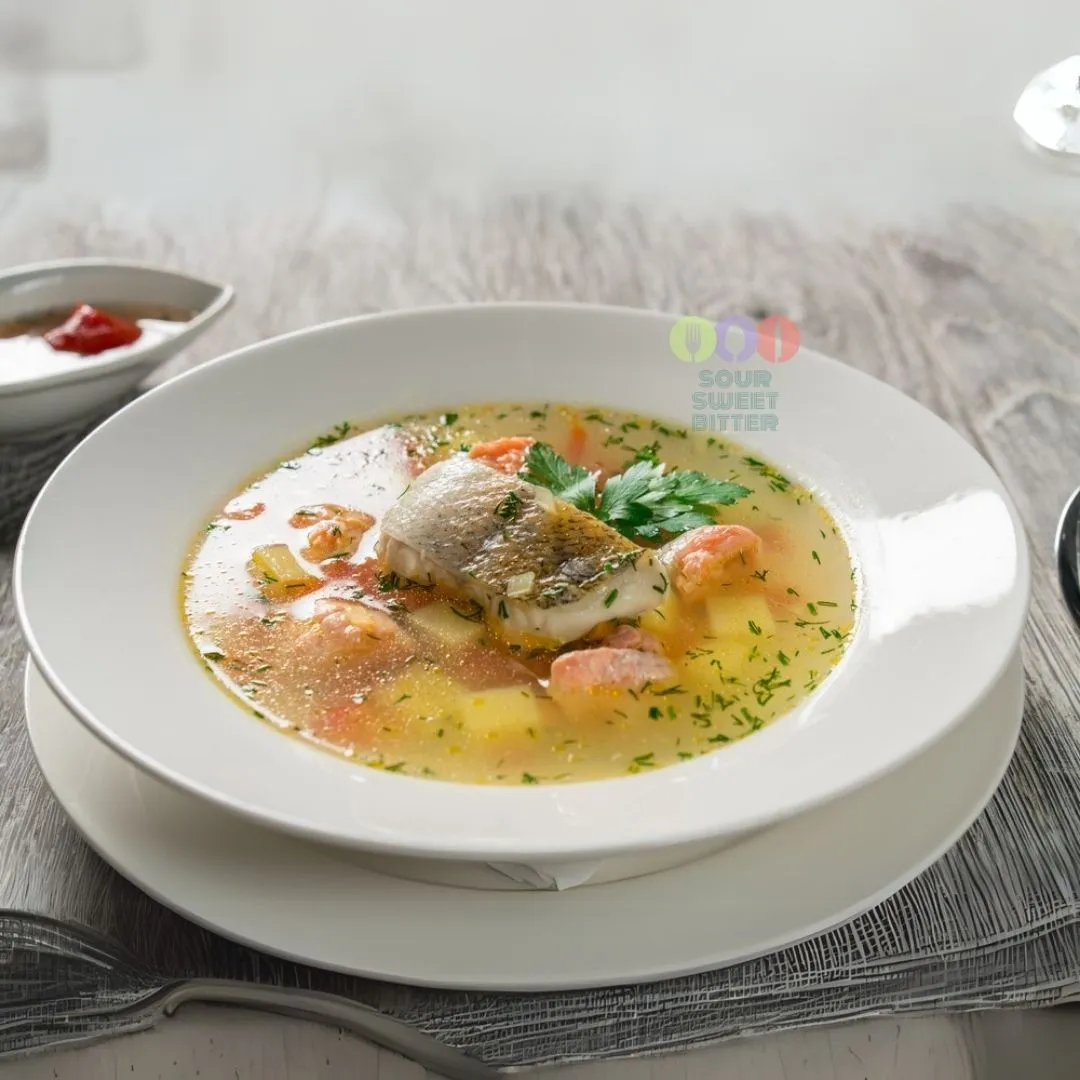Harira: A Culinary Icon of Moroccan Culture
Harira stands as a living tradition that symbolizes Moroccan hospitality and brings the taste of history to every bowl. This aromatic soup captures the heart of Morocco’s culinary landscape, telling stories of resilience, faith, and cultural fusion. With roots in Berber history and influences from Arab and Andalusian heritage, Harira serves as a vibrant testament to Morocco’s culinary journey. It nourishes not only the body but also the soul, uniting generations through shared rituals and flavors.
The Quintessential Taste of Ramadan
During Ramadan, Harira becomes more than just food; it transforms into a sacred tradition. When the call for iftar echoes, families gather to break their fast with this rich and comforting soup. Its hearty blend of lentils, chickpeas, tomatoes, and spices helps replenish energy. The combination provides a perfect balance of protein, fiber, and nutrients after a long day of fasting.
A Symbol of Morocco’s Cultural Fusion
Harira’s story spans centuries, reflecting Morocco’s history of cultural exchange. The spices—ginger, turmeric, and cinnamon—connect to the country’s role in the ancient spice trade. The dish’s texture and ingredients reveal its Berber roots, while Arab, Andalusian, and French influences shaped it over time. Despite these changes, Harira stays at the heart of Moroccan food culture.
Harira Beyond Ramadan
While Harira is popular during Ramadan, it holds a special place all year long. Families prepare it for gatherings, special occasions, or casual dinners. Cooking Harira often involves collective effort, making the preparation process a cherished family ritual. For many, it brings the taste of home, reminding them of laughter, shared stories, and warm hospitality.
Global Appeal and Timelessness
The global rise of Moroccan cuisine has spread Harira’s popularity beyond borders. People in Europe, the Middle East, and North America now savor its rich flavors. Each bowl offers a taste of Morocco’s soul, inviting diners to experience the country’s warmth and richness.
Harira stands as more than a culinary masterpiece. It carries history, tradition, and a profound sense of belonging in every spoonful. The dish serves as an invitation to experience Morocco’s culture, one sip at a time.
Discover Traditional Moroccan Recipes Discover Traditional Recipes from Africa You may like this also: Portuguese Sopa de Pedra
Moroccan Harira
Ingredients
Instructions
-
In a large pot, heat the olive oil over medium heat. Add the chopped onion, celery, and meat (if using). Cook, stirring, until the onion is softened and the meat is browned.
-
Pour in the blended tomatoes and tomato paste, and add the soaked chickpeas. Stir in the spices: ginger, turmeric, cinnamon, black pepper, and salt. Mix well.
-
Pour in 2 liters of water and add the rinsed lentils. Bring the mixture to a boil, then reduce the heat to simmer. Cover and cook for about 45 minutes to 1 hour, until the chickpeas and meat are tender.
-
Gradually stir in the flour paste to thicken the soup, ensuring there are no lumps.
-
Stir in the chopped parsley, cilantro, and vermicelli noodles. Cook for an additional 10-15 minutes until the noodles are tender.
-
Ladle the harira into bowls and serve with lemon wedges on the side for a fresh, tangy kick.
-
This hearty soup is perfect as a starter or a main course, especially when paired with traditional Moroccan bread.
-
Your traditional Harira soup is ready. Besseha!














